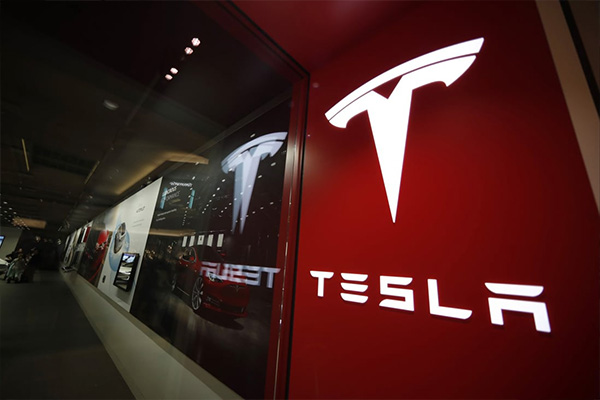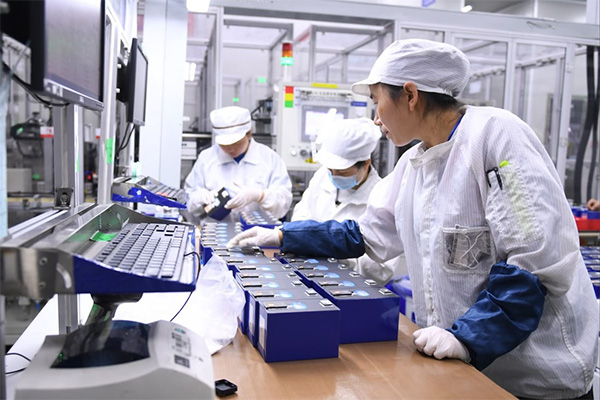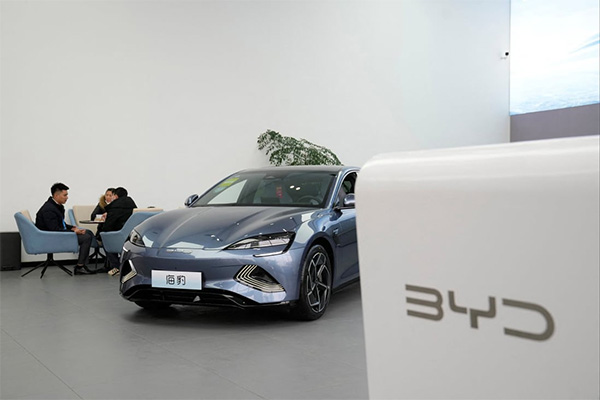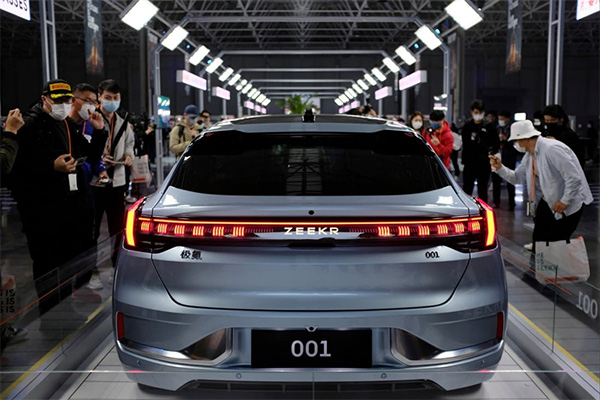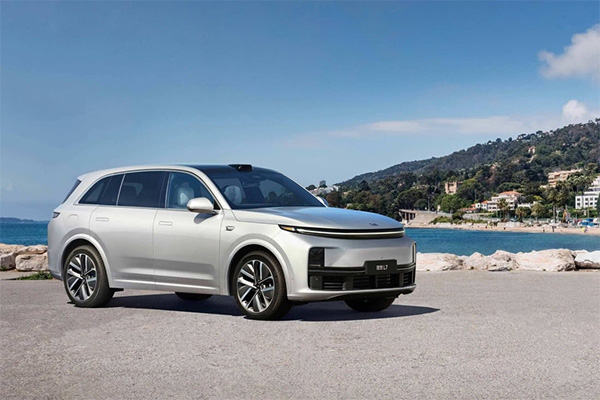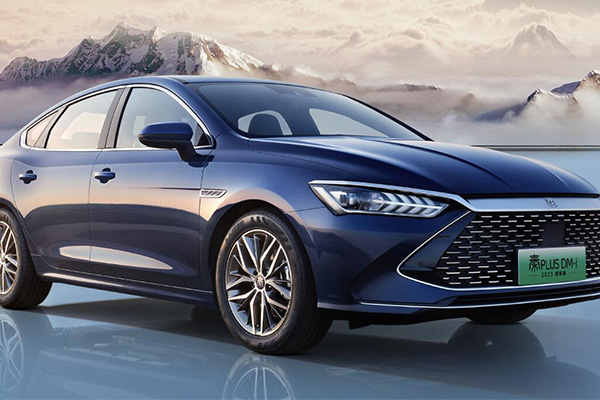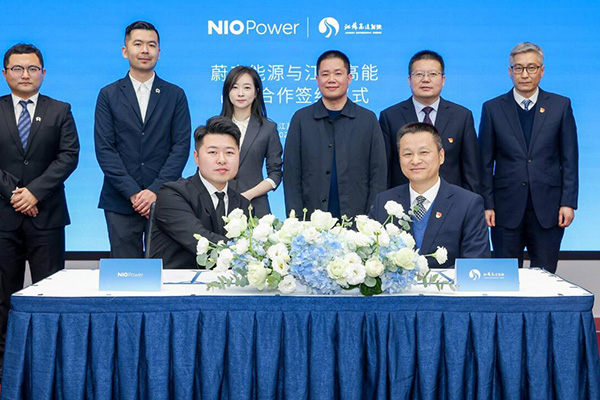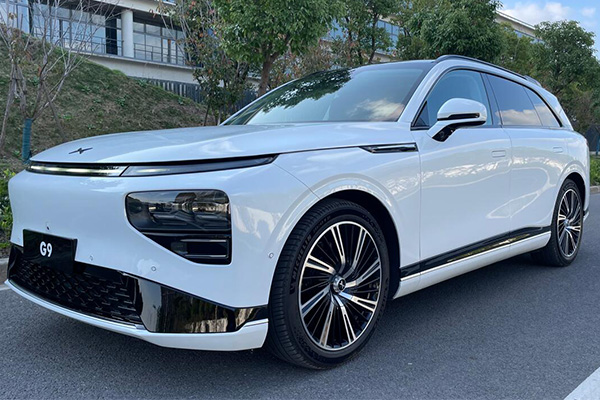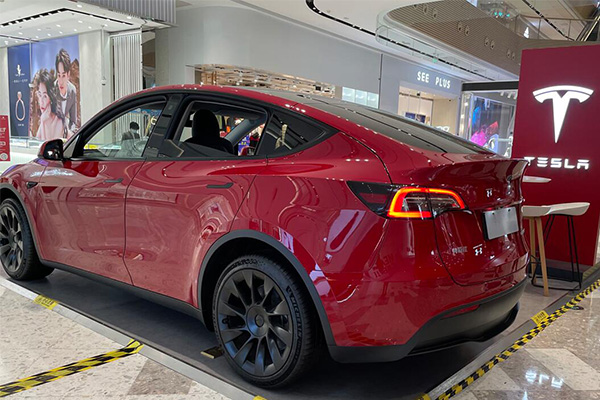Hesai Group, the world’s sixth-largest maker of sensors for smart cars, aims to add cheaper and more innovative products to its line-up to overcome intensifying competition from domestic rivals and to reach bigger volumes in overseas markets.
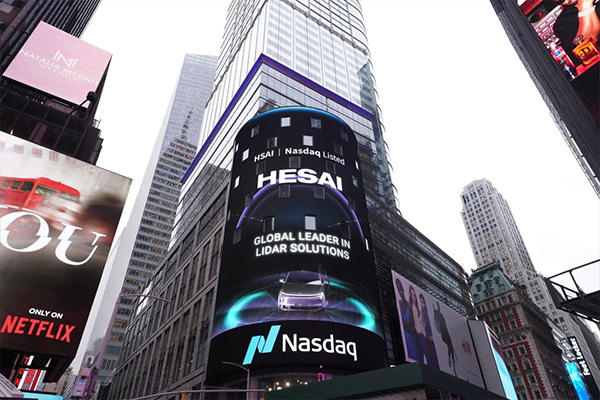
The firm will offer a smaller solid-state lidar – or light detection and range sensor – later this year to garner more sales from electric vehicle (EV) makers. Rivals including Huawei Technologies Co and DJI have entered the fray and are pressuring operating margins.
Hesai is the sixth-largest lidar company globally based on its 2021 hardware revenue, according to consulting firm Yole Intelligence. Yole did not disclose Hesai’s exact revenue.
Xiaomi, Baidu, Meituan and German automobile parts supplier Bosch are among its key investors. Among these firms Baidu has the biggest stake, as it holds 5.9 percent of Hesai’s total ordinary shares on an as-converted basis, and 2 percent of its aggregate voting power.
Net revenue at Hesai surged 80 percent to 720 million yuan in 2021, and jumped more than 70 percent to 793 million yuan in the first nine months last year, despite a two-month lockdown in Shanghai.
In the first three quarters of last year, it made 56 percent of its sales from the Chinese mainland market, while the United States and Europe accounted for 27.6 percent and 10 percent, respectively.
China supplies about 60 percent of auto lidar sensors globally. These are critical parts for smart EVs and various levels of self-driving cars. Dismissed by Tesla’s Elon Musk in 2019 as a fool’s errand due to the high cost of production involved, lidar has boomed, with its market growing since Xpeng produced the world’s first lidar-guided smart vehicle in late 2021.
The lidar sensor market is expected to grow at a CAGR of 106 percent to 29.8 billion yuan in 2027 in terms of value of deliveries, according to an estimate by Huatai Securities earlier this month.
Hesai raised US$190 million en route to its Nasdaq listing on February 10, the biggest initial public offering by a Chinese company in the US since October 2021. The proceeds will help fund its new manufacturing centre in Shanghai. When ready in June, it will be able to churn out more than one million sensors annually.



